Hull Identification Number Location: Primary & Secondary (w/ Pictures)
The HIN is a unique 12-character code assigned to every boat, allowing authorities to track its history and ownership. Not only is it essential for registering your boat, but it also ensures that your boat is legal to operate on the water. Knowing the location of both the primary and secondary HIN locations can be important for verifying the authenticity of a boat's HIN and for obtaining accurate information about the boat's manufacturer, model, and year of production.
The primary HIN location is typically found on the starboard outer side of your boat's transom, above the waterline. The secondary HIN location can vary between boats. It's important to know both HIN locations, as they can come in handy during inspections, maintenance, or when dealing with authorities.
The HIN serves as your boat's unique identifier, so ensure that it's easily accessible and well-maintained. Below, you'll find insider tips to help you maintain your boat's HIN.
Summary
- This primary location is specified by law and must be used by boat manufacturers when affixing the HIN to a new boat.
- If you know both the primary and secondary locations, it ensures that your boat is legally compliant and accessible in case of emergencies or theft.
- To prevent potential legal complications related to the proper display and maintenance of your boat's HIN, abide by the regulations that govern its placement.
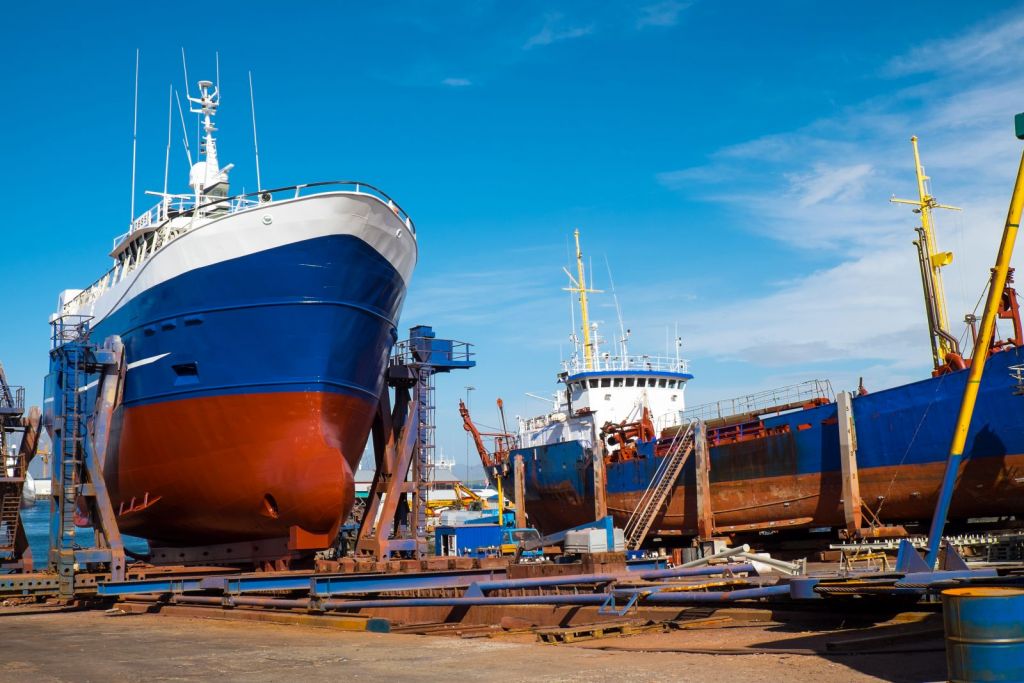
On this page:
Primary Hull Identification Number Location
A Hull Identification Number (HIN) consists of 12 alphanumeric characters, providing essential information about your boat's manufacturer, the serial number, manufacturing month, and model year. Being familiar with how to read and decode a HIN will prove helpful in identifying and maintaining your boat's records. Locating the primary HIN on your boat is essential for proper registration and ensuring its legality on the water.
The primary HIN location is required by law to be permanently affixed to the starboard side of the transom within two inches of the top of the transom, gunwale, or hull/deck joint (whichever is lowest). The upper starboard side of the transom is the most common location for the primary HIN, and it's easily visible when the boat is out of the water. However, the exact location of the HIN within the two-inch range specified by law may vary depending on the boat manufacturer and the design of the boat.
To begin your search for the primary HIN, make your way to the starboard (right) side of the boat's transom. This is the flat surface that forms the stern, where the boat's name and registration numbers are often displayed. The HIN should be found on the uppermost part of the transom. Typically, it is placed within two inches of the top of the transom, gunwale, or hull/deck joint, whichever is lowest.
If you have an outboard-powered boat, the HIN is likely located on the starboard side of the hull, just beneath the gunwale. This positioning ensures that the HIN remains visible and easily accessible even when the engine is tilted up.
For inboard-powered boats, check around the engine compartment and adjacent areas on the starboard side. The HIN may be stamped into the fiberglass or imprinted on a metal plate fastened to the hull.
The primary HIN location is standardized for easy identification, and it should always be engraved or marked in a permanent and tamper-resistant manner. If you're having trouble locating the HIN on your boat, consult your owner's manual or contact the manufacturer for guidance.
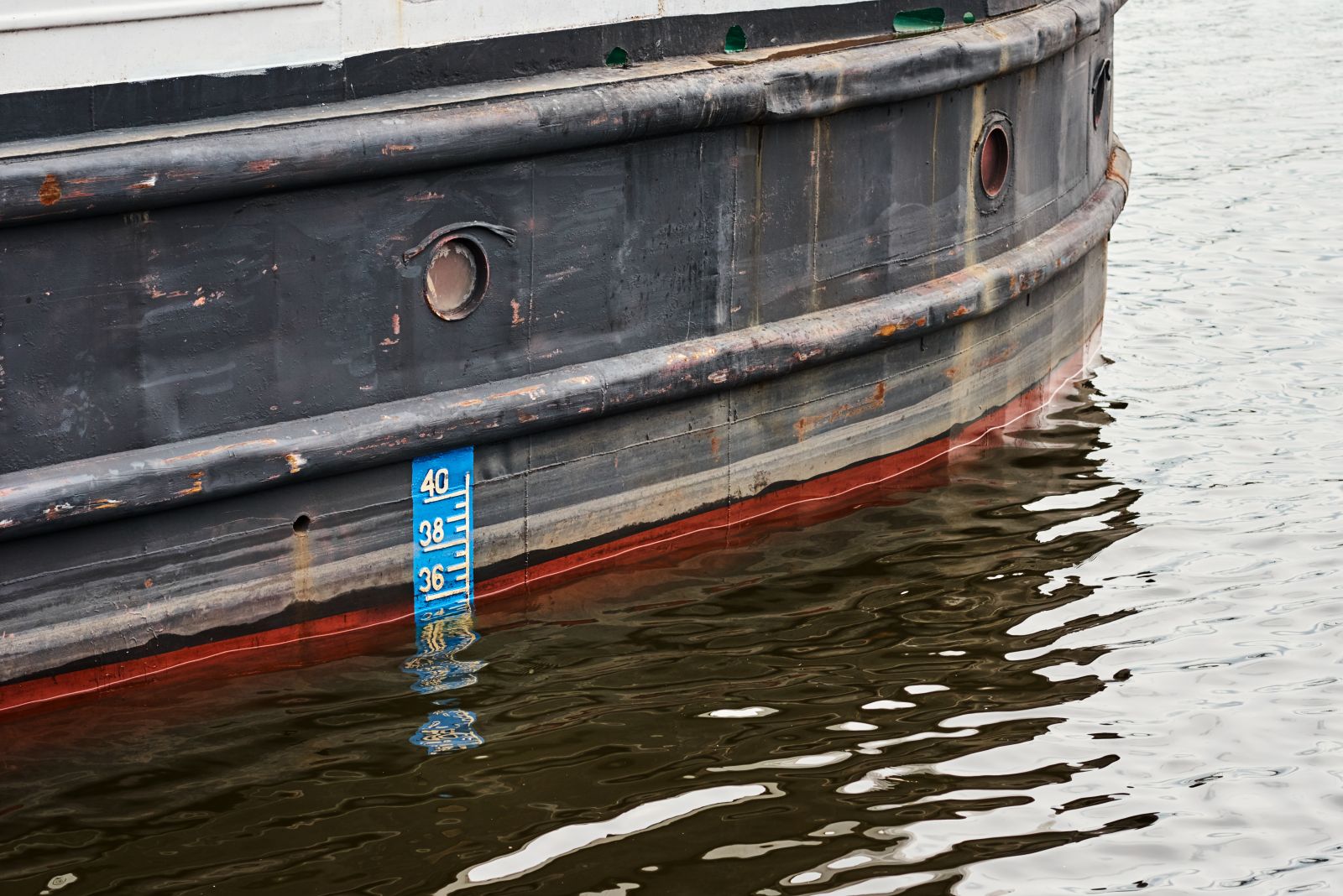
Secondary Hull Identification Number Location
When searching for the secondary Hull Identification Number (HIN) on your boat, it's important to know where to look. The secondary HIN is typically placed in an unexposed location to aid in identifying a boat that may have had its primary HIN altered, removed, or obscured.
The secondary HIN location can be placed in a variety of locations on the boat's interior, including inside the engine compartment, on the motor mount bracket, on the hull or deck under a fitting or piece of hardware, or even under the battery tray. This is because the secondary HIN location is intended to serve as a backup for verification and security purposes in case the primary HIN location is damaged or becomes unreadable.
-
First, check the interior of your boat. The secondary HIN could be located on the inside of a bulkhead, on the back of a seat or berth, or even under a seat cushion. Inspect these areas closely and be prepared to move around any furniture or cushions to find the number.
-
Another possibility is to look near the bilge area. This location may require some exploration, as it can be beneath or behind other components of the boat. Make sure to use a flashlight to examine any hidden corners.
-
Finally, don't forget to check the engine compartment. The secondary HIN might be placed on an interior panel in this area, so you'll need to gain access to the compartment and thoroughly inspect it.
The secondary HIN serves as a backup identification method for your boat, so it might not be as easily visible as the primary HIN. Take your time and search carefully, making sure to check every possible hiding spot. By locating your secondary HIN, you can ensure that your boat is properly identified and that you have access to its complete history and ownership information.
It's important to note that the secondary HIN location is not required by law, but it's a good practice for boat manufacturers to include a secondary location to ensure that the HIN can be easily verified in case of damage or wear to the primary location.

How do you read a HIN? Here's our article on boat HIN decoder.
Tools required to identify the primary and secondary HIN
Before starting, make sure you have the following tools at hand:
- Flashlight
- Cleaning cloth
- Notepad and pen for taking notes
Step-by-step instructions to identify HIN locations
-
Locate the primary HIN: The primary Hull Identification Number (HIN) is typically found on the boat's upper-right corner of its transom, which is the flat rear end of the vessel. If your boat has an outboard motor, look for the HIN near the top of the transom, right below the rub rail.
-
Clean the area: Use your cleaning cloth to wipe off any dirt, grime, or marine growth that may be obstructing the HIN. If necessary, use a flashlight to improve visibility.
-
Record the primary HIN: Once you've located the primary HIN, write it down on your notepad. A HIN is a 12-character alphanumeric code that uniquely identifies your boat. It typically follows a format like "ABC12345D203".
-
Search for the secondary HIN: The secondary HIN is often located in a hidden or less visible spot on your boat. This can be under a hatch, near the fuel tank, or in the engine compartment. Be prepared to search thoroughly around your boat, using your flashlight if needed.
-
Record the secondary HIN: Once you have found the secondary HIN, write it down on your notepad, next to the primary one. The secondary HIN should match the primary HIN.
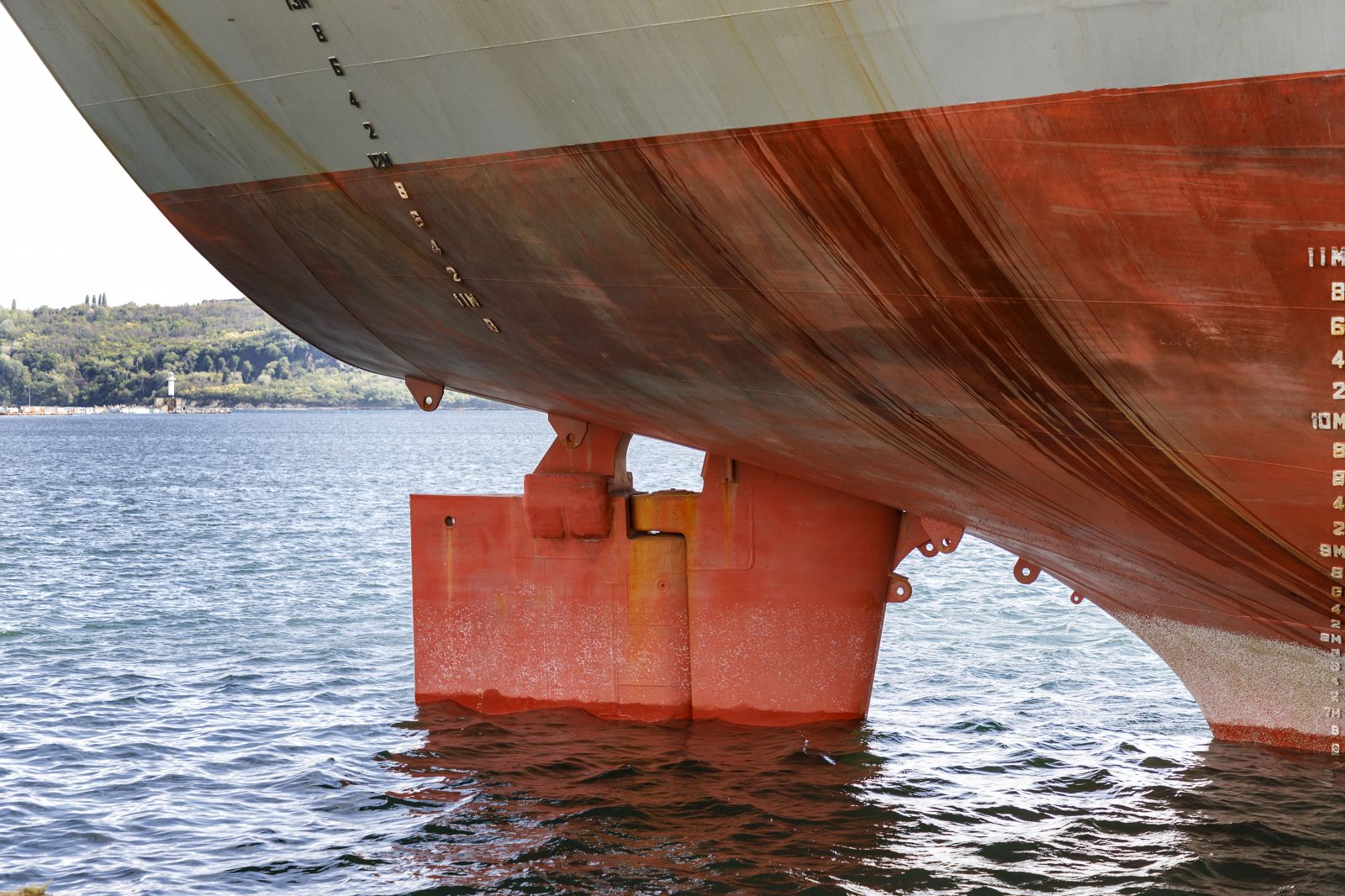
If your boat doesn't have a HIN, here are 3 steps on how to get one.
HIN Location Regulations
When it comes to locating the Hull Identification Number (HIN) on your boat, it's essential to know the regulations that govern its placement. This way, you can be sure to find the HIN easily and comply with the law.
The HIN is a unique 12-character code assigned to every boat during production. It provides valuable information about the boat's history and manufacturer. Typically, you'll find the HIN on the upper-right side of the transom or the rear part of the boat, also known as the starboard side. However, the HIN location isn't restricted to just one place on the boat.
According to the federal regulations, there are rules regarding both primary and secondary HIN locations. For boats built in or after 1984, the primary HIN must be affixed on the outboard side of the starboard transom, within two inches of the top and aftmost sections. This ensures that it's visible even when the boat is in motion.
As for secondary HIN locations, the regulations require the HIN to be placed on an unexposed part of the boat's interior. The idea behind this secondary location is to make it harder for someone to tamper with or remove the HIN. It serves as a backup in case the primary HIN is damaged or destroyed. Some possible locations for the secondary HIN include the interior of a storage compartment, the underside of a hatch, or inside a cabinet.
Keep in mind that the specific location of the secondary HIN may vary depending on the make and model of your boat. It's essential to familiarize yourself with your boat's layout and consult the owner's manual if necessary.
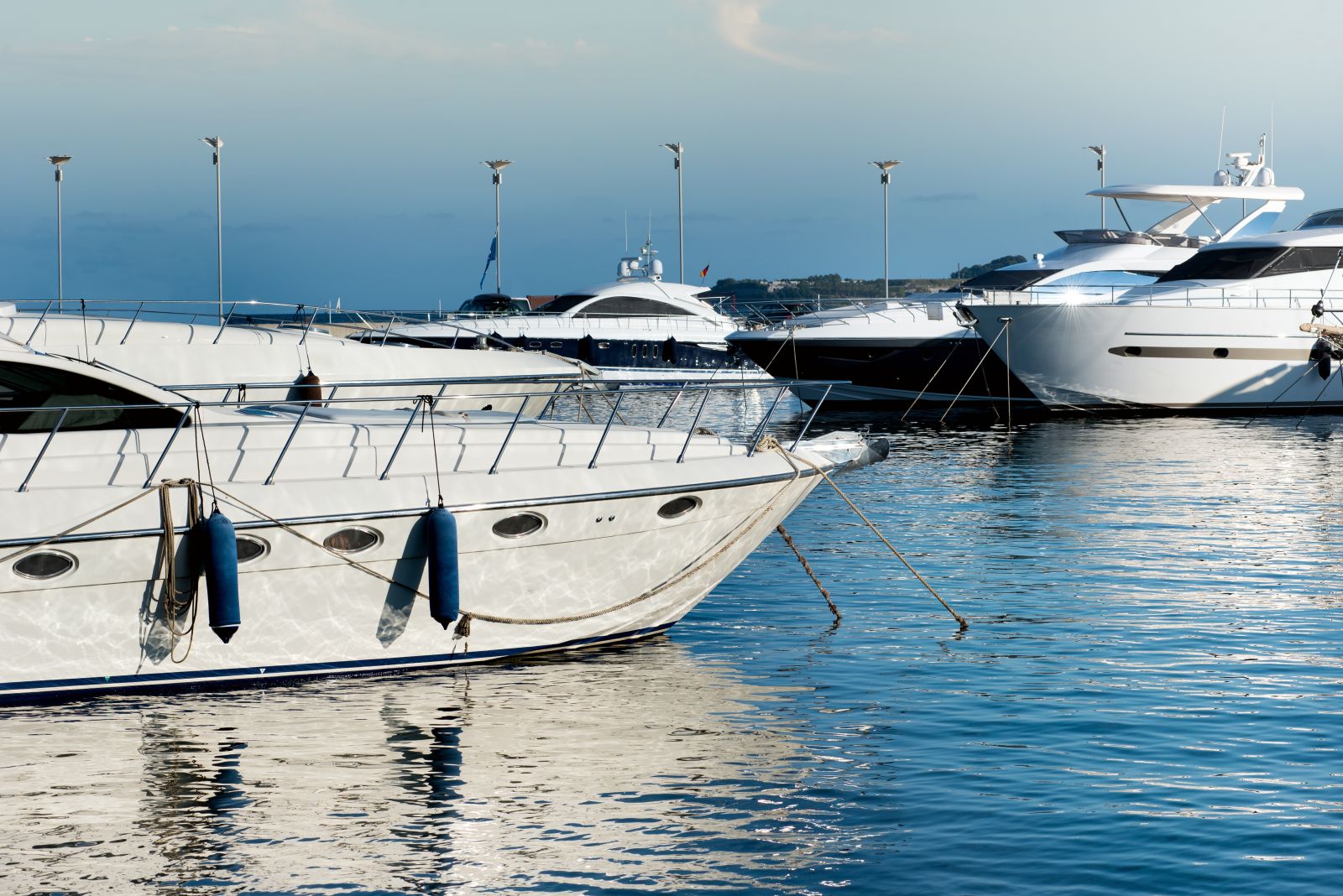
Common Issues in Identifying Numbers
Sometimes, it can be challenging to locate and correctly identify your boat's Hull Identification Number (HIN). Here are a few common issues and tips for troubleshooting them.
-
The number is worn or faded: If your HIN is worn or faded, it can be difficult to read. To resolve this issue, try using a flashlight at different angles to create shadows, which may make the numbers more visible. If that doesn't work, you may need to contact the manufacturer or consult the Boat History Report for more information.
-
Finding the primary and secondary HIN locations: The primary HIN is typically found on the starboard (right) side of the boat's transom, while the secondary HIN location can vary by manufacturer. If you're unsure where to look for the secondary HIN, consult your owner's manual or contact the manufacturer.
-
Incorrect or illegible characters: Occasionally, HINs can be incorrectly engraved with similar-looking or illegible characters, such as an 'O' instead of a '0'. If you come across this issue, cross-reference the HIN with your boat registration and any available documentation to confirm the correct characters.
-
Potential signs of tampering: If the HIN appears irregular, tampered with, or altered, you should exercise caution and investigate further. Signs of tampering could include rough edges or evidence of paint removal around the HIN. If you suspect tampering, contact the proper authorities to report this potential issue.
Here are some tips to help you maintain your boat's HIN:
-
Keep the HIN visible: The primary HIN location should be clearly visible and readable at all times. Make sure that the HIN is not covered by any accessories, such as a swim platform or ladder, and that it's not obstructed by dirt, grime, or other debris.
-
Protect the HIN from damage: The HIN should be protected from damage caused by impact, abrasion, or exposure to the elements. You can use a protective cover or sealant to help prevent damage to the HIN.
-
Check the HIN regularly: Regularly check the HIN to ensure that it's still readable and that there are no signs of damage or wear. If you notice any issues with the HIN, such as fading or damage, you should take steps to repair or replace it as soon as possible.
-
Keep accurate records: Keep accurate records of your boat's HIN, including the primary and secondary locations, as well as any changes or updates to the HIN. This information can be useful for verifying the authenticity of the HIN and obtaining accurate information about the boat's history.
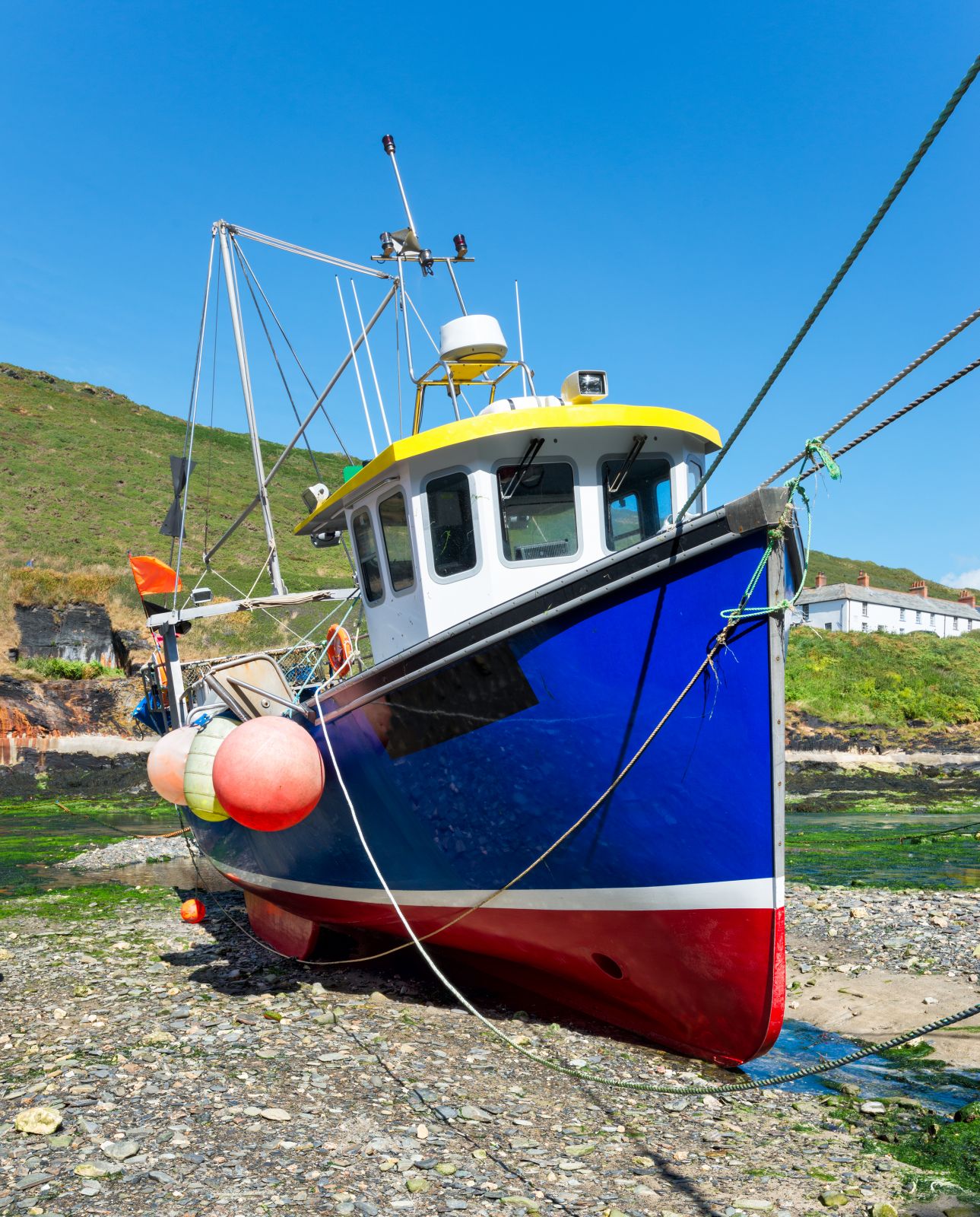
Importance of hull identification numbers
One of the key reasons for obtaining a HIN is the legal requirement. Boats must have a HIN for registration and operation on the water. Without this number, you could face fines or penalties for operating an unregistered vessel. In addition, if your boat is stolen, a HIN makes it easier for authorities to track and identify the boat, increasing the chances of recovery.
Another essential aspect of HIN is that it contains crucial information about your boat. The HIN helps you learn about the boat's manufacturing origin, its age, and other details. Such information can be valuable if you're purchasing a used boat, enabling you to verify the boat's history and make informed decisions.
Lastly, by having a HIN, you'll be able to better protect your investment. Since the HIN allows you to track your boat's history and ownership, it helps maintain a record of the boat's value and any potential issues. Ensuring that your HIN is up-to-date and accurate ensures that you have access to essential information about your boat, such as when warranty claims or insurance matters arise.
Did you find the answer to your specific question?
👍 0 👎 2




Leave a comment